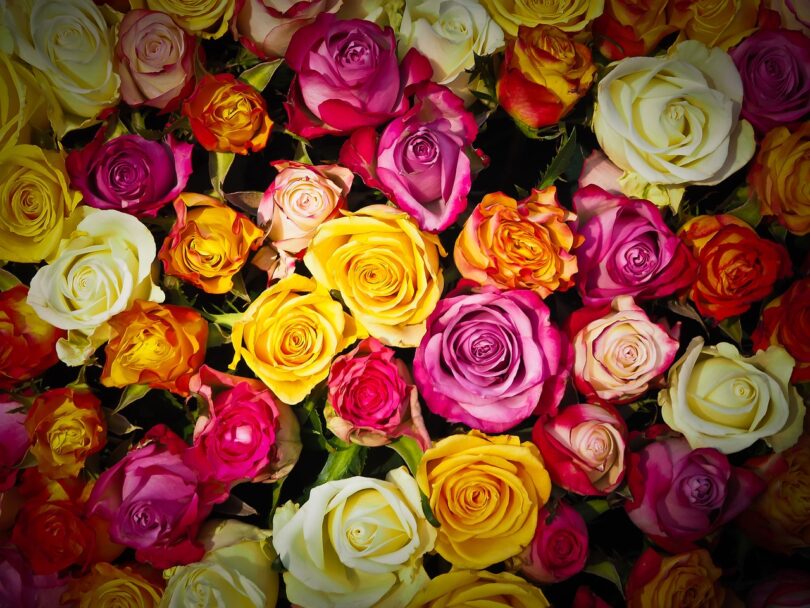Spring brings with it the blooming of many flowers, all of which appear in wedding bouquets, Mother’s Day gifts, and other arrangements. For centuries, flowers have been used as tokens of love and friendship. In the Victorian era, flowers were used to deliver messages that couldn’t be spoken aloud. Yet, the language of flowers goes far beyond these sentiments. To make your floral gifts more meaningful this spring, choose blossoms that say exactly how you feel.
Rose
One of the most popular flowers available is the rose. It has long been associated with love as well as goddesses of love, such as Venus. However, different colors of roses can convey different meanings or aspects of love. For example, a white rose can denote friendship or symbolize purity and chasteness in love. White roses are sometimes used in funeral arrangements to denote heaven or express sympathy. Orange or yellow roses express vibrancy and passion in love, as do red roses. Pink roses are usually associated with deep friendship.
Orchid
The orchid is often associated with strength, vitality, and virility. It’s also the flower of luxury, perhaps because orchids are usually expensive and somewhat fragile. Ancient Greeks believed if the father of an unborn child ate orchid tubers, the child would be a boy; if the mother ate them, the child would be a girl. Consider orchids as part of a bouquet for anyone having a baby soon.
Lilac
Commonly associated with spring, lilacs are prized for their vibrant purple or white blossoms and soothing smell. Lilacs sometimes symbolize innocent love. They’re also the state flower of New Hampshire and the flower commonly given on eighth anniversaries.
For more information on the meaning of many flowers, check the many books written on the language of flowers or even the Old Farmers Almanac.




